News
News / 12/24/2016 / 1473
When you mention the Mlava and Braničevo in Serbia, vines and grapes would hardly come to your mind. In former Yugoslavia, and according to the classification of wine regions in those days, the territory of Braničevo belonged to Šumadija-Great Morava region. Quite unfairly so, because it was always overshadowed by more famous vineyard areas in this vast wine region. Besides, it also differs considerably from those vinegrowing areas according to climatic and geological features. However, long time ago, Braničevo had well-developed winemaking tradition. This is evidenced by the fact that Serbian autochthonous variety Kadarka is also called Braničevka and Četereška (Četereže is a village near Žabari municipality). We can still find small vineyards in the surrounding villages, their size just sufficient to make wine for domestic use in those households whose members still haven't emigrated abroad.
The decision to set up a winery in the region which is not recognized in today's wine world, which doesn't have preserved winemaking tradition, lacks information and historical data about microclimate and previous harvests as well as insufficient info about typicity of wines from this region, represents a courageous move. Setting up a winery means substantial investments, therefore it includes high risk-awareness. So, in 2010, Virtus winery was created with about 15 hectares of vineyards on the total estate which covers 27 hectares of land.
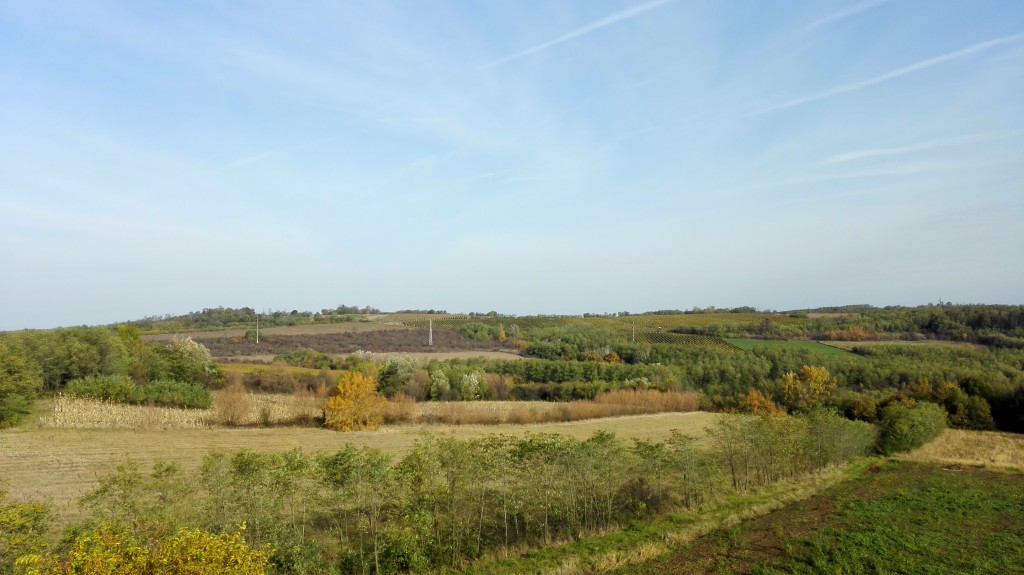
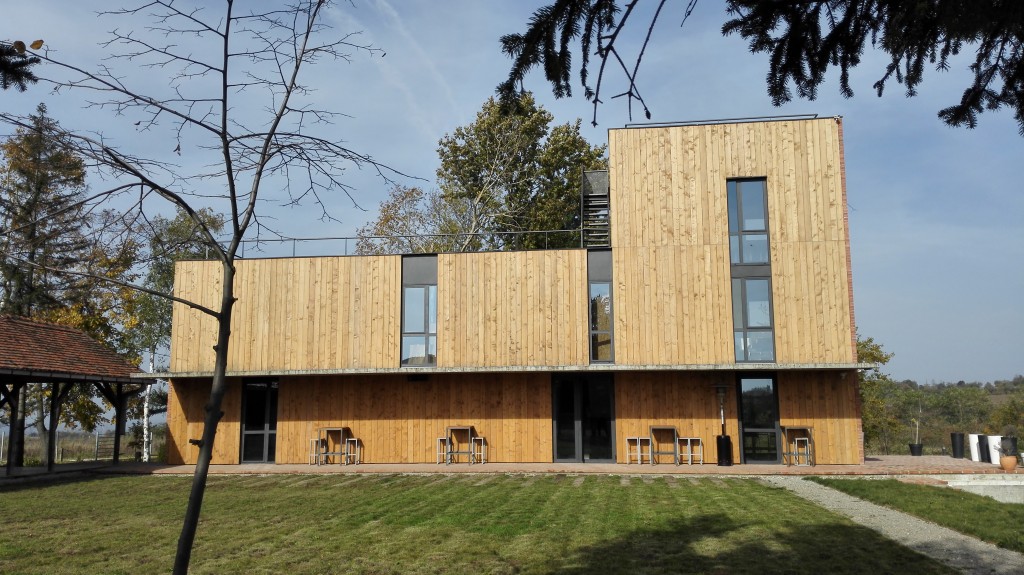
From today's perspective, when we see results in front of us in the glass, it is clear that the choice of location was not mistaken. A young winery, a young oenologist who gained first hands-on experience in vinification of some grape varieties from Virtus' vineyards, young vineyards. And we all know what the year 2014 was like. However, youth often brings daring and courage. They began a struggle to get the most from grapes in such a year and today we see the outcome of these efforts. During 2016, Virtus sent their wines at numerous wine competitions in the region and beyond. Awards have confirmed the quality of wines, including those from the year 2014.
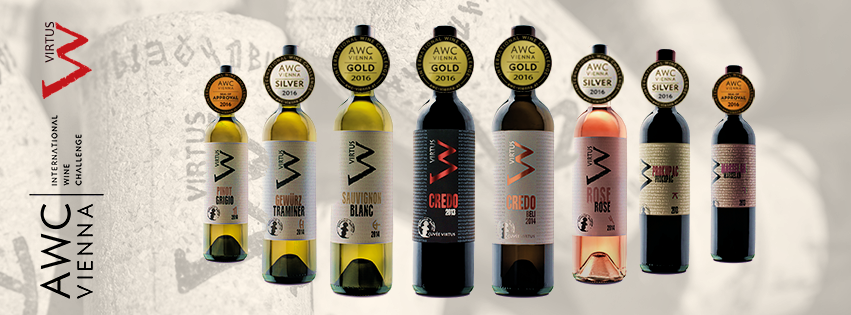
EVERYTHING STARTS IN THE VINEYARD
In order to get better understanding of Virtus' wines, I took the opportunity to visit their vineyards at harvest time at the plot called Konjušica. The harvest was coming to a close. On 25th October, 2016, Cabernet Sauvignon harvest was entering its final phase. The day before my arrival, rain caused a delay in finishing the harvest 2016. Rubber boots were ready at hand as we expected there would be plenty of mud in the vineyard... However, there was no mud around. Vineyards at the top of the hill are sunlit from morning till evening. The morning sun quickly dried the soil and took off the morning dew (this explains how even in the year 2014 their vineyard yielded reasonably good quality of grapes). From the vineyards, you can enjoy the view of the winery nestled on the adjacent hill. We're walking through the rows of Cabernet Sauvignon where pickers are trying to finish the harvest until dusk because the weather forecast promises rain again the following day... While we're greeting the pickers, I am thinking that here the hardest job is to provide regular seasonal workforce... Braničevo is a region with large emigration, almost every house has some family members in Austria, Switzerland, Italy ... Young people are leaving, so only the elderly remain in the villages ... There is a risk that in a few years (especially if Serbia continues EU accession process, the same path that Croatia has already taken so now they face huge outflow of population towards other EU countries) wineries in Eastern Serbia will be forced to "import" labor ... Hilltop plot (the highest and the sunniest plot) is occupied by His Majesty Prokupac. The wind that gently caresses the vines (in Požarevac vinegrowing area, wind rose is a very important factor that affects the quality of grapes because of combined impact of winds blowing from the Danube, those blowing through the valley of the Great Morava and mild winds blowing through the Mlava valley. These winds are responsible for very low frost risk in this part of Serbia since they prevent cold air from landing onto the ground but move it closer to the rivers. Rivers and winds are vitally important for this wine region. After picking, the grapes are immediately transported to the winery. There, resident oenologist Milorad Halavanja closely supervises every phase of grape processing. Thus, the story of Virtus' wines begins every year.
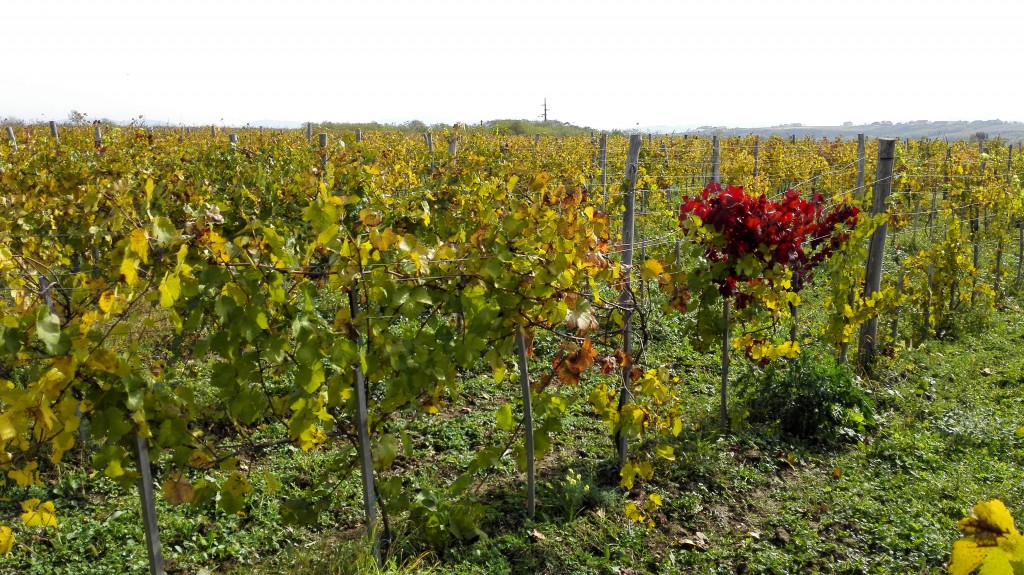
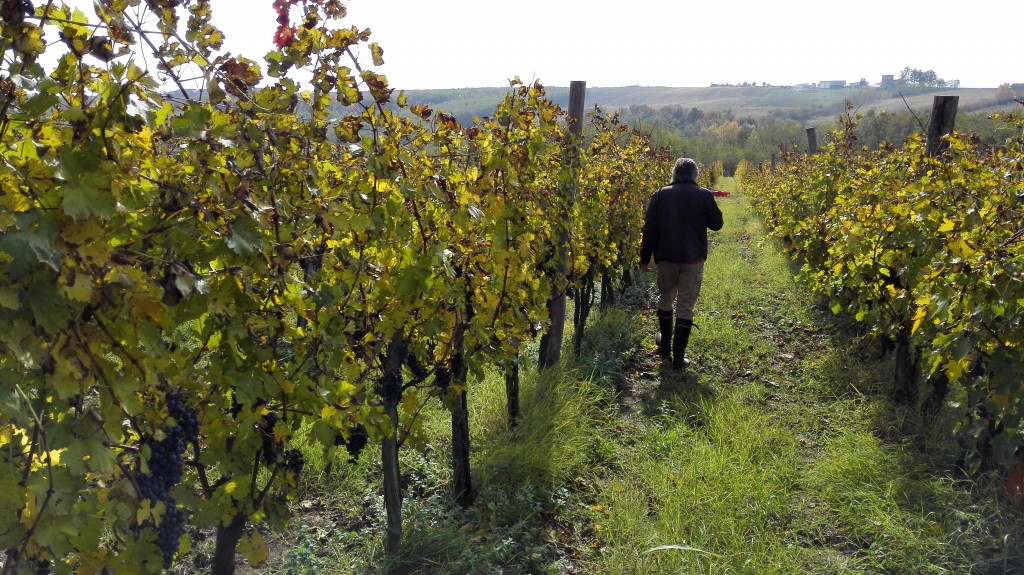
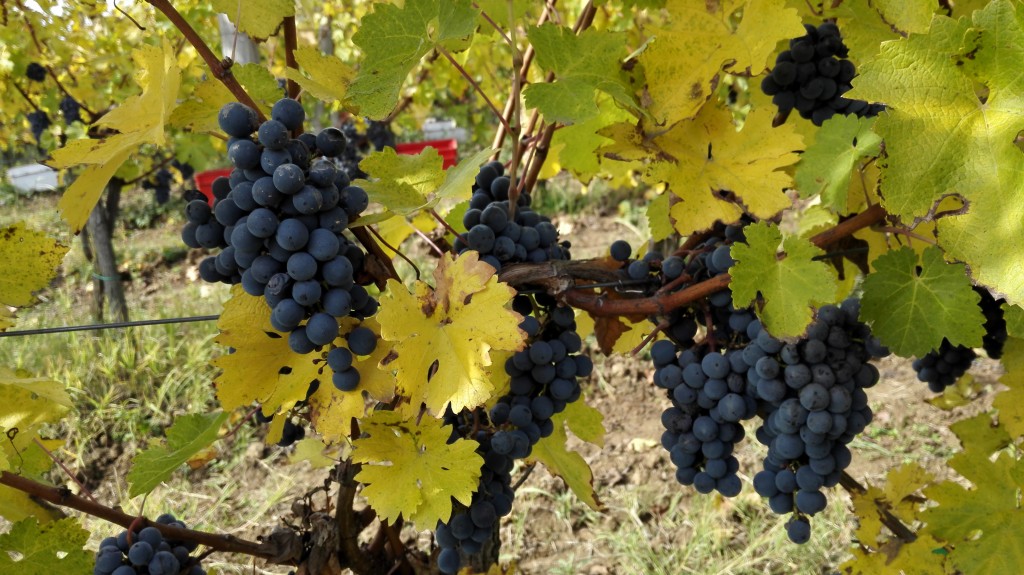
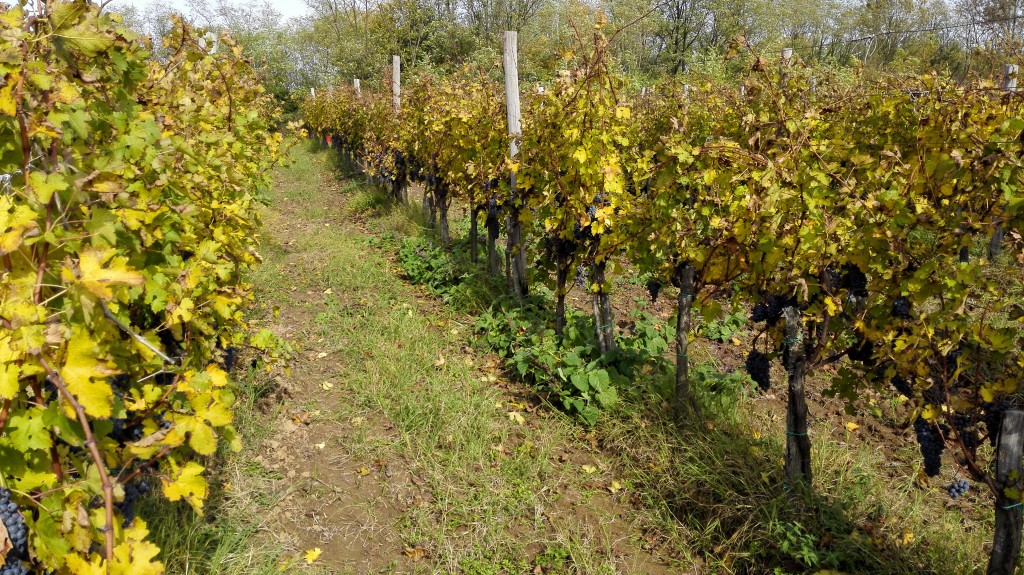
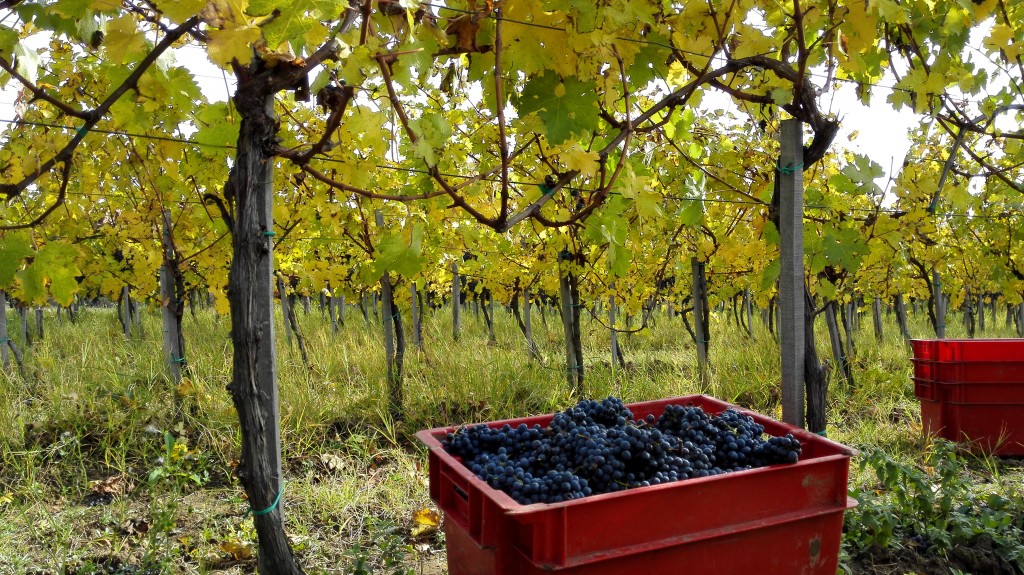
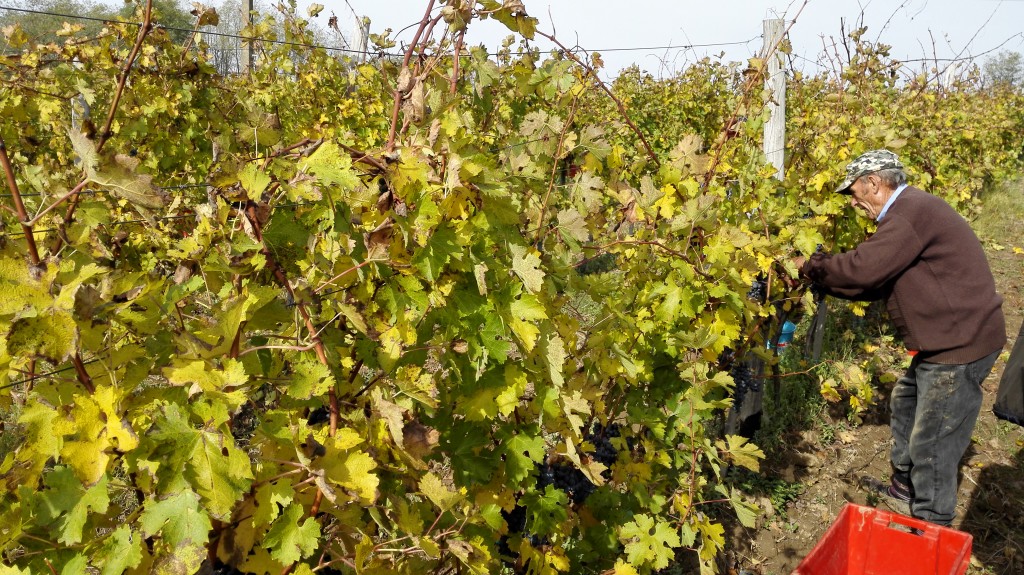
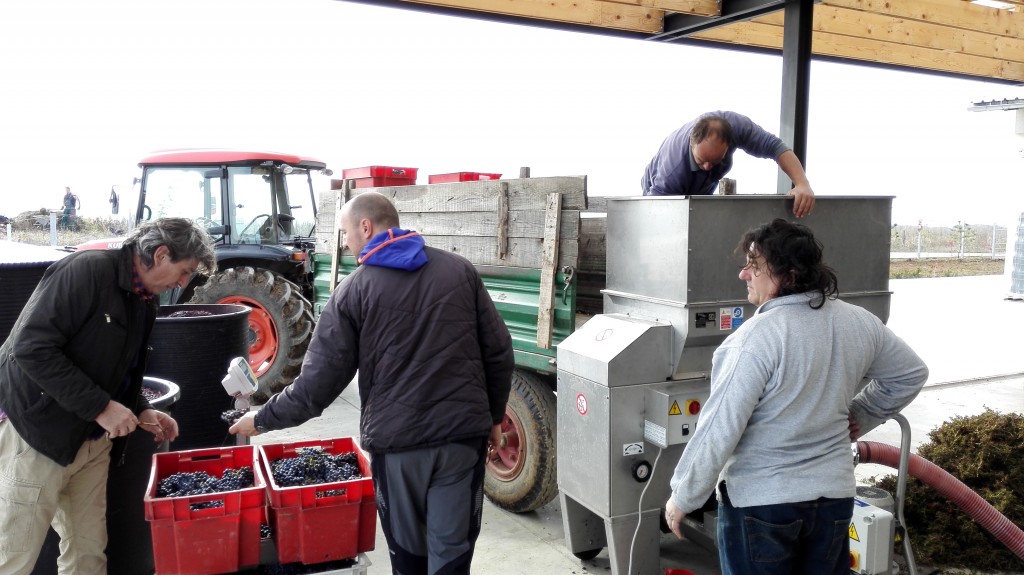
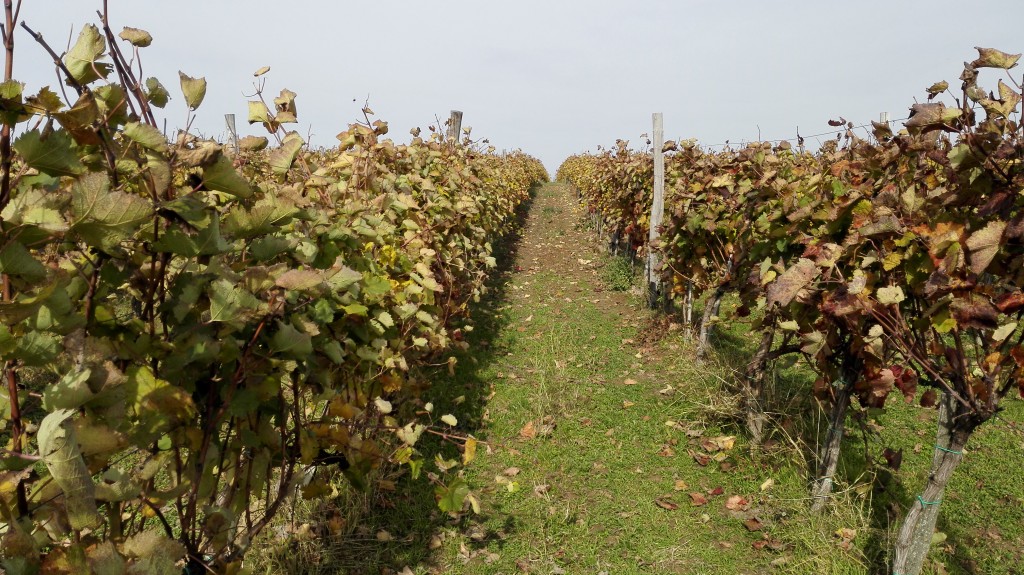
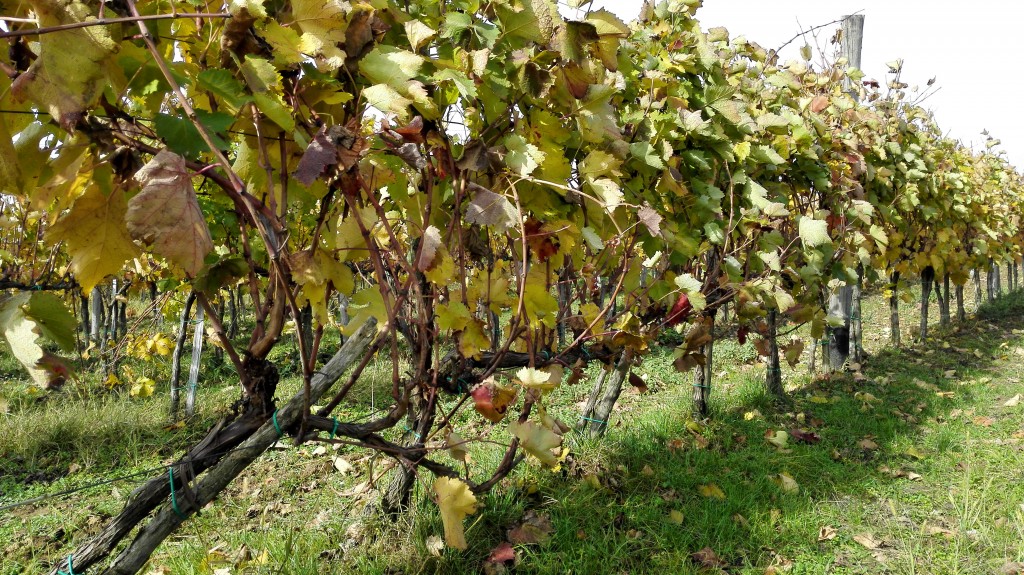


Tomislav Ivanović
Awarded wine writer, wine critic and contributor to selected wine magazines. WSET3-certified author and editor-in-chief of www.vinopedia.rs. Member of Vojvodina Sommelier Association. Juror in national and international wine competitions. Lecturing about wines of Serbia and the Balkans. Local partner of Wine Mosaic organization. Co-founder of International Prokupac Day.

Pročitajte i druge članke iz ove rubrike:


GIUAANI - VINSKI TURIZAM NA GRUZIJSKI NAČIN
PROČITAJ VIŠE


SPASIMO STARE VINOGRADE SRBIJE
PROČITAJ VIŠE


NAŠLI SMO ANTIGONU IZ ORAHOVCA
PROČITAJ VIŠE


SRPSKO VINO KOŠTA 100 EUR - I ŠTA ĆEMO SAD?
PROČITAJ VIŠE
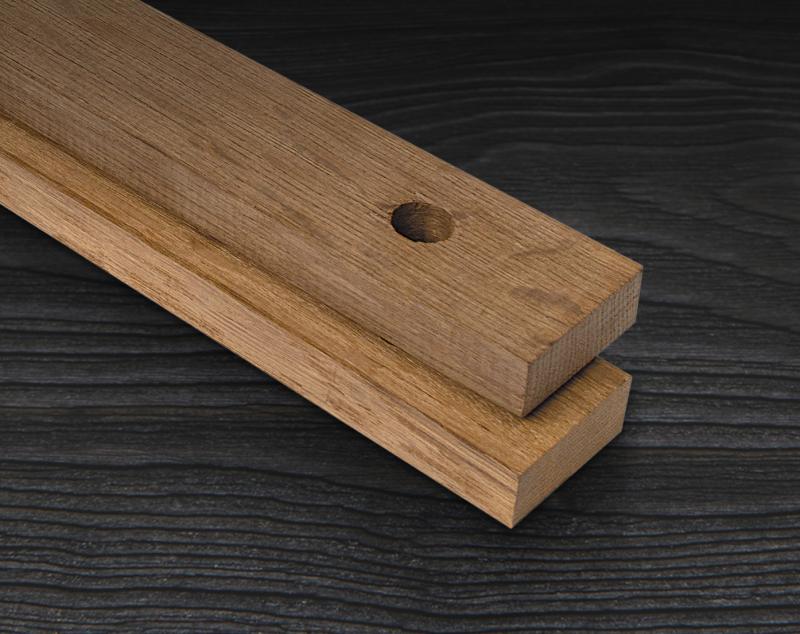

MOŽE LI VINO BEZ BURETA? IMA LI ALTERNATIVE?
PROČITAJ VIŠE
Winner MILLESIMA BLOG AWARD 2016

Pobednik MILLESIMA BLOG AWARD 2016
VINO & FINO wine personality of the year 2016

VINO & FINO vinska ličnost godine 2016